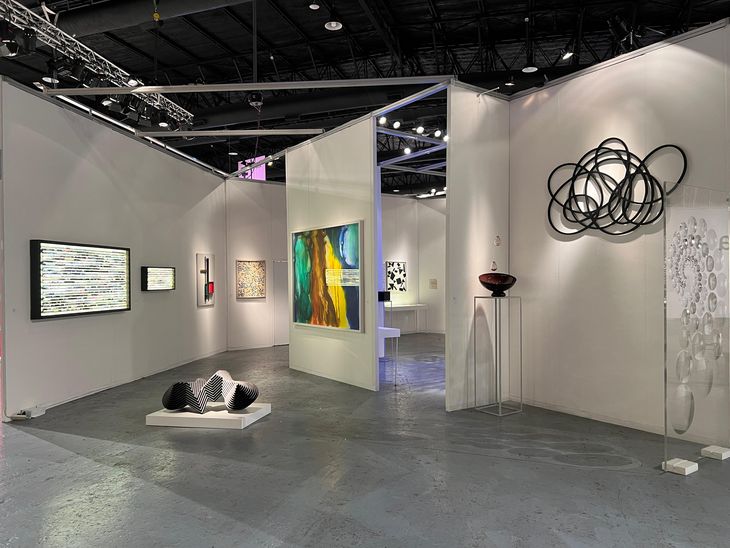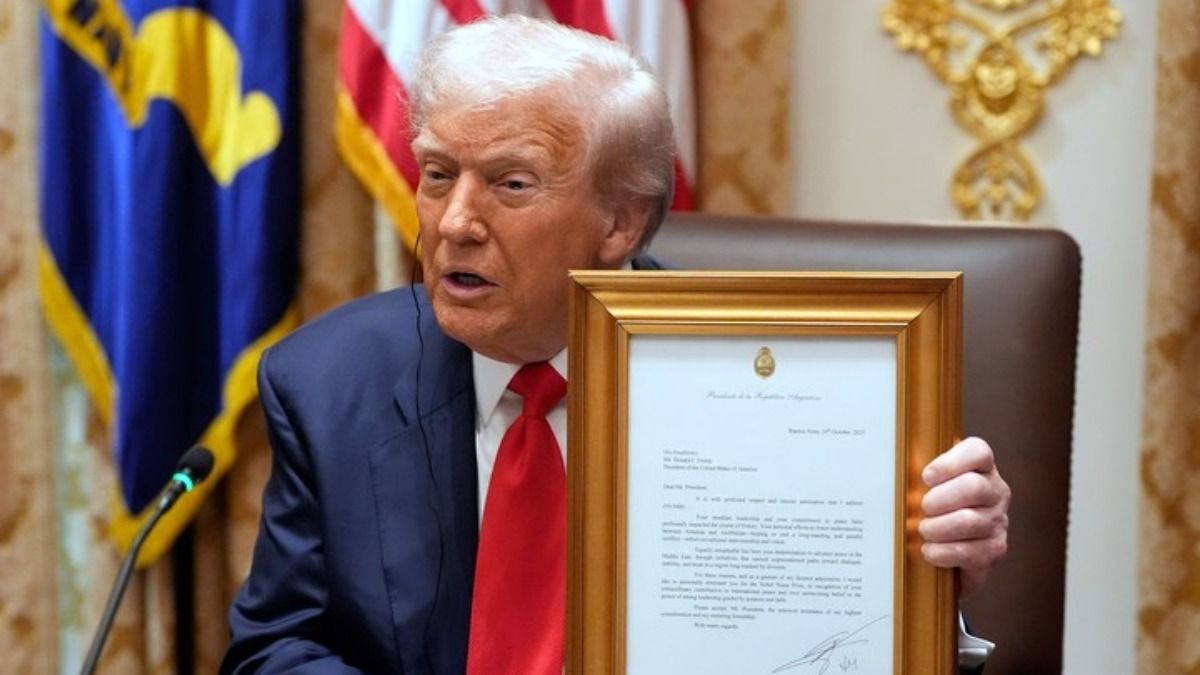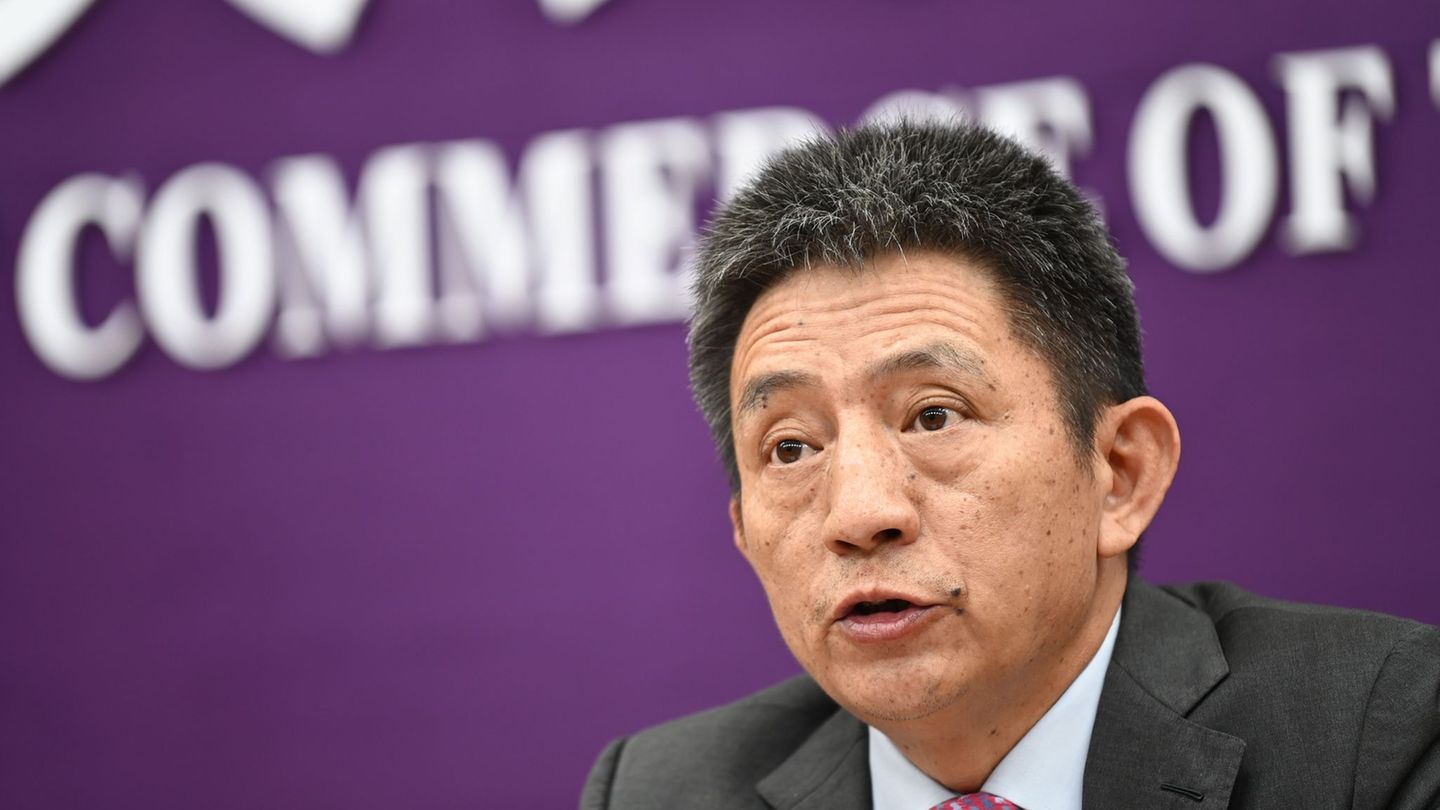The book edited by Biblos was presented in the Arthaus Auditorium “The Curatorial Dynamics in Argentina – Studies on Curatorship 2002-2017” of Eugenia Garay BasualdoPhD student in Arts (UNA), Master in Arts Criticism (UNA), independent curator, member of the Argentine Association of Art Critics, and undergraduate and graduate teacher in curatorship.
In the prologue, Maria Jose Herreraa prominent art historian and critic, points out that curatorial practice began to be aware of itself in the 1980s. During the dictatorship, cultural activity had been impoverished due to censorship that happily disappeared in that decade to give way to a renaissance that currently has great researchers.
“Curatorship time”the first part of the book, brings together four chapters that introduce the topic as general information and an approach to the term “curator.” Was Martha Nani (1939-2018), head of technical services at the MNBA, who assumed the role of curator in the early 80s, trained in museography in Mexico, at the Pompidou Center, at the Metropolitan in New York, and in Rome in addition to her extensive work professor at the UBA, at UNTREF, could be considered one of the first to practice curatorship.
INFINITO ARTE PRIZE BA 2024 BEST STAND .jpg
The organization of exhibitions demands experts with extensive knowledge about the world of art: fairs, galleries, collecting, auctions, temporary exhibitions, biennials, which gives rise to this new cultural agent, an intermediary for audiences, artists, collectors, institutions, critics , markets, academies. It is very important to list the growth of institutions created between 2000 and 2023, the number of openings and renovations of spaces for the exhibition of contemporary art as well as the formation of new collections.
The chapter “The professionalization of curatorship in Argentina” highlights, among other items, the assembly workshop organized by the critic Julio Sánchez Baroni which became the first academic attempt to teach classes at the Faculty of Philosophy and Letters in 1990 when it was not yet called curatorship, a chapter in which mentions again Martha Nani as founding curator.
The Academia del Sur, the University of the Argentine Social Museum, the University of Tres de Febrero, the University of Salvador and UNA (National University of the Arts) are centers of great importance in teaching and curatorial careers.
A very important chapter is the curatorial history of the National Museum of Fine Arts: Paola Melgarejo covers the period of Eduardo Schiaffino (1896-1910), which recounts the first assembly implemented by genre and who is considered the first curator of Argentine art in addition to the important purchases he made in Europe in more than a hundred that reach the School of Barbizon and Symbolism. Maria Jose Herrerafounder of the GEME (Group of Studies on Museums and Exhibitions) deals with the period 1955-1963 in charge of Jorge Romero Brest which gave it a great modernizing impulse.
Fabiana Servidio, Mariana Marchesi, Viviana Usubiaga, Florencia Galessio, Valeria Keller and Andrea Giunta They deal with the successive directions of the Museum, the points of view in accordance with the times, strategies and cultural policies to show Argentine art in an international context. In 2002 a debate took place in the Alliance Française “Curatorship in the plastic arts, art, science or politics?” which is addressed in chapter 9, divergent opinions before an audience made up of artists, curators, art critics, who tried to unravel what it was about, whether it was essential to train as a curator, whether or not it is the legitimizer of contemporary art trends . The panel was made up, among others, of Marcelo Pacheco (1959), professor and graduate in History of the Arts, head of department at the MNBA between 1986-1993, worked at the Espigas Foundation, and for 12 years he was chief curator at MALBA.
As a background to this book he wrote: “Curatorial practice, a field of writing” (2019) in which he develops the relationship between art curation and the economic order. One of the most prestigious researchers and specialists in the country assures that neoliberalism found in the figure of the curator a professional useful to the economic, financial and corporate order, for which the order established in a “politically incorrect” curatorship should be dislocated. He points out the curator as “a mechanism that has the capacity to legitimize and sell, throughout the world, multimillion-dollar works of art. The curator became the most important figure of power from the 80s onwards.
Hence, this outstanding figure of Argentine art occupies chapter 10 under the title “Marcelo Pacheco, curatorial practice and another position on curatorship” in which we found a gem following an interview: “Collectors and critics became curators, collectors began to sell works and be gallerists, gallerists are collectors and gallerists at the same time and are curators of biennials. Something that only occurs in Argentina and contributes to great confusion.”
Another controversial expression is that of Luis Felipe Noé, who in 2010 said: “in the midst of emptiness, of the crisis marked by paralysis and confusion, the word curators was invented. They say if the artists don’t know, we do know, we came to fill that gap with words.”
On the back cover of the book Garay Basualdo it is considered as “an archaeological work of reconstruction of a practice that began in the 1980s that begins to be analyzed as a discipline from the 21st century onwards. Very useful for experts, for students, for those interested in knowing what curatorship is, the role of the curator and the configuration of a new field with its own mechanism. Twelve chapters that end with a reflection from the author: “An aspect to highlight is that studies on curatorship come from the individual and/or group will to investigate, history, theorize, and collect testimonies, generally resolved by the authors or by private institutions. “Support from the state sector, which is in charge of public assets, is very scarce in this field under construction.”
Source: Ambito
I am an author and journalist who has worked in the entertainment industry for over a decade. I currently work as a news editor at a major news website, and my focus is on covering the latest trends in entertainment. I also write occasional pieces for other outlets, and have authored two books about the entertainment industry.




